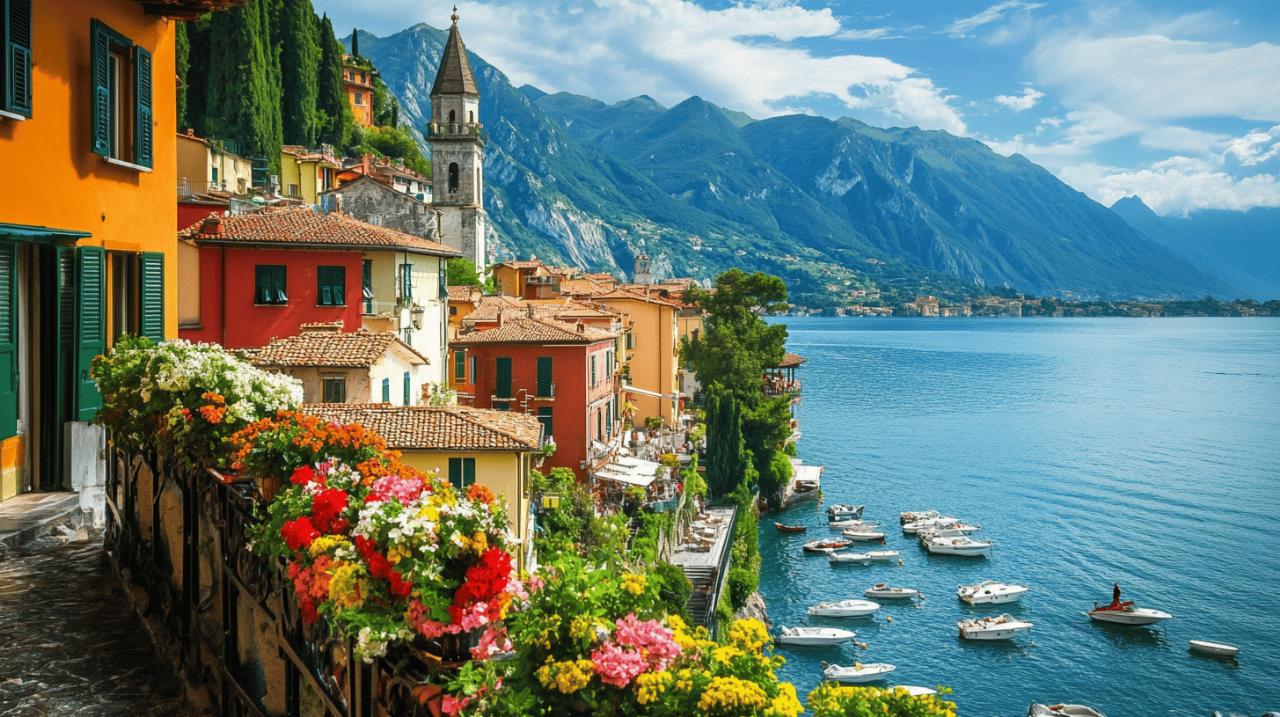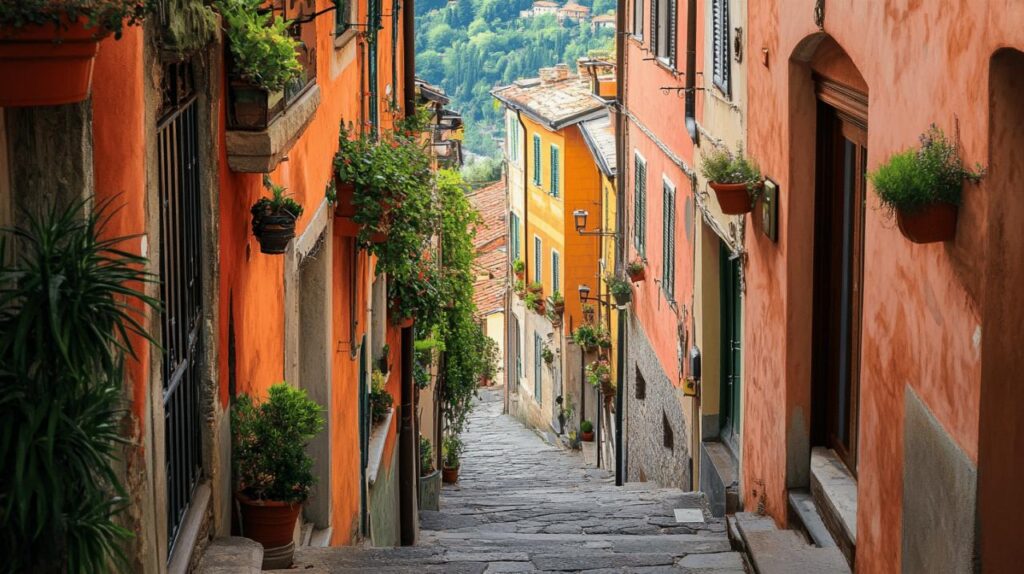Italy, with its rich tapestry of history, culture, and stunning landscapes, offers far more than the well-trodden paths of Rome, Venice, and Florence. For the discerning traveller seeking authentic experiences, the true essence of Italy lies in its lesser-known corners. Eago-Italia, a dedicated platform for Italian travel enthusiasts, reveals these hidden treasures through stories and insights that capture the heart of local culture, cuisine, and traditions.
Undiscovered regions beyond the tourist trail
While millions flock to Italy’s famous cities each year, the country’s true character often reveals itself in the regions that tourists rarely visit. These areas preserve authentic Italian life, untouched by mass tourism and offering genuine connections with locals who maintain centuries-old traditions.
Secret villages of Basilicata
Basilicata, nestled in Italy’s southern region, houses some of the most captivating hidden gems in the country. Castelmezzano, dramatically perched between jagged peaks, offers breathtaking panoramic views that rival any postcard-perfect Italian destination. The ancient cave dwellings of Matera, once considered the shame of Italy, have transformed into a UNESCO World Heritage site where visitors can explore the Sassi district, a complex network of cave houses carved into limestone. Nearby, the coastal towns of Acquafredda and Maratea provide stunning Mediterranean vistas without the crowds of more famous Italian riviera destinations. 
Molise: Italy’s forgotten treasure
Often jokingly referred to as the region that doesn’t exist due to its obscurity even among Italians, Molise offers untouched landscapes and medieval villages frozen in time. This tiny region between Abruzzo and Puglia features rolling hills dotted with ancient olive groves, Roman ruins, and castles that tell stories of a bygone era. Here, visitors can wander through silent streets in villages where traditional craftsmanship still thrives, and local festivals celebrate harvests and saints with rituals unchanged for centuries.
Authentic cultural experiences off the beaten path
Beyond geographical discoveries, Italy’s hidden gems offer cultural experiences that connect travellers with the authentic soul of the country. From regional festivals to workshops preserving ancient skills, these experiences provide insights into Italian heritage rarely found in guidebooks.
Ancient traditions and festivals in rural communities
Throughout the Italian countryside, seasonal festivals mark important cultural moments with distinctive local flavours. In Sant’Agata di Puglia, medieval celebrations transform the village into a living museum where locals don historical costumes and reenact ancient customs. The small communities of Val di Non in Trentino celebrate apple harvests with feasts that bring entire villages together in communal dining experiences. These events, often overlooked by mainstream tourism, offer visitors the chance to participate in traditions that have defined Italian rural life for generations, creating memories far more meaningful than standard tourist attractions.
Artisanal workshops and disappearing crafts
Italy’s artistic heritage lives on through master craftspeople working in small workshops across its underrated destinations. In Cremona, Lombardy, violin makers continue the traditions of Stradivari, crafting instruments using techniques passed down through generations. The distinctive trulli houses of Alberobello in Puglia showcase unique stone masonry techniques that date back to prehistoric times. In Basilicata, artisans still create papier-mâché masks and figurines for traditional festivities, while in Emilia Romagna, food artisans maintain time-honoured methods of producing balsamic vinegar, Parmigiano Reggiano, and other culinary treasures. These workshops often welcome visitors, offering hands-on experiences that connect travellers with Italian cultural heritage in meaningful ways.
Exploring Italy’s hidden gems reveals a country of extraordinary depth and diversity beyond its famous attractions. Whether wandering through the Byzantine mosaics of Ravenna, cycling along the Po Delta near Comacchio, or discovering the Austrian-influenced architecture of Trieste near the Slovenian border, these alternative Italian destinations reward travellers with authentic experiences and stories to share. As interest in more meaningful travel grows, these underrated locations offer the perfect opportunity to discover the true Italy—one that exists in the daily rhythms of its small towns, the preservation of ancient skills, and the warm welcome of communities proud to share their heritage with appreciative visitors.

